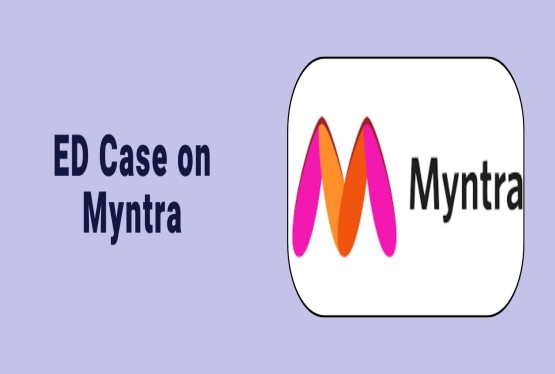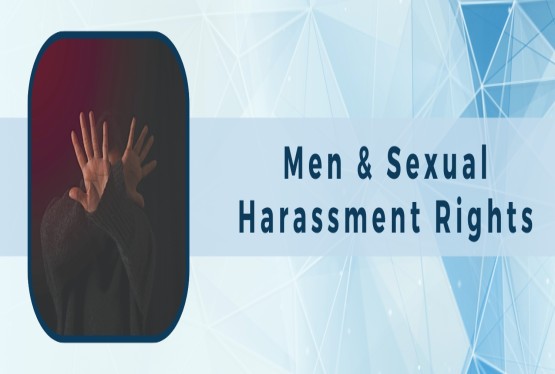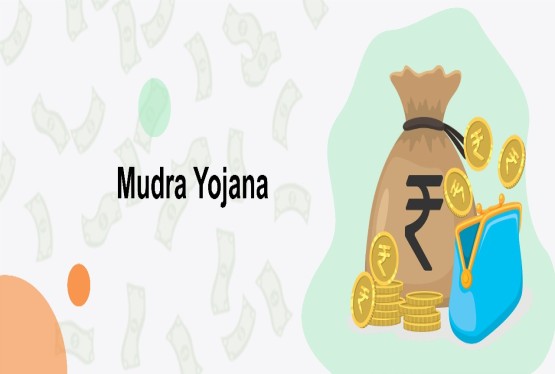Land is one of the most valuable assets in rural India, especially for those who depend on agriculture. In Uttar Pradesh, the ownership and use of agricultural land are governed by a special law called the U.P. Revenue Code, 2006. This law clearly defines who can hold agricultural land, under what conditions, and with what rights. These landholders are called tenure holders. According to the law, there are mainly two types of tenure holders: Asami and Bhumidhar. Among Bhumidhars, there are two further types those with transferable rights and those with non-transferable rights. Each type of landholder has different rights and responsibilities.
In this essay, we will understand who an Asami is, who a Bhumidhar is, and how their rights and duties differ. We will also learn how the law protects certain vulnerable groups and ensures fair use of land in the state.
Who is an Asami?
An Asami is someone who temporarily occupies or uses a piece of land for farming. This land usually belongs to a Bhumidhar (permanent landholder) or to the government. The Asami is allowed to use the land for agricultural purposes, but they do not become the owner of the land.
As per Section 2(7) of the U.P. Revenue Code, 2006, Asami is defined as a person who holds land for farming from a Bhumidhar or a government authority but is not a Bhumidhar or a person with permanent rights. This means that Asamis are temporary tenants with limited rights. They cannot sell, gift, or transfer the land to anyone else, and their land rights usually do not pass on to their children.
Nature and Conditions of Asami Tenure
The rights of an Asami are temporary and insecure. They can be removed from the land at any time by the person or authority who gave them permission. Their stay on the land is often for a fixed period or until the landowner or the government decides to take back the land. Asamis do not have ownership rights and cannot claim the land as theirs.
An Asami can be created in the following ways:
-
By occupying the land without permission, and later being allowed to stay by the government.
-
By getting the land on lease or rent from a Bhumidhar or the government.
-
Through government schemes that settle poor or landless people on agricultural land as Asamis.
Even though they do not own the land, Asamis have some basic rights. They can use the land to grow crops and support their livelihood. In some cases, if the Asami is from a weaker section of society—like Scheduled Castes, Scheduled Tribes, or Below Poverty Line (BPL) families—they may be protected from being thrown out without reason.
Limitations and Eviction of Asamis
Asamis have several limitations:
-
They cannot transfer the land to anyone else.
-
Their rights usually end with their death unless the law or the lease says otherwise.
-
They can be evicted if they misuse the land, do not pay rent or dues, or occupy land without legal authority.
However, there is a positive side too. If an Asami has been using the land continuously for a long time and meets certain conditions, the government may allow them to become a Bhumidhar (a permanent landholder). This happens through regularization schemes or land grants, where they may receive a legal document (patta) for the land.
Who is a Bhumidhar?
A Bhumidhar is a person who has permanent land rights. This means they legally hold the land and have much stronger rights than Asami. They are considered statutory owners of agricultural land under the U.P. Revenue Code, 2006 . Bhumidhars enjoy several rights such as:
-
Full possession and use of the land.
-
Right to grow crops, build farmhouses, and use the land for various agricultural activities.
-
Right to pass the land to their legal heirs.
-
Right to apply for land use change (with permission) for non-agricultural purposes.
However, even Bhumidhars are not all the same. The law divides them into two types:
-
Bhumidhar with Transferable Rights
-
Bhumidhar with Non-Transferable Rights
Let’s now look in detail at Bhumidhars with non-transferable rights, which is an important category under land reform policies.
Bhumidhar with Non-Transferable Rights
A Bhumidhar with non-transferable rights is someone who has been given land by the government, usually under a welfare scheme. These people hold the land but cannot sell, lease, mortgage, or gift it. According to Section 2(9) of the U.P. Revenue Code, 2006, this category is for persons who receive land through government settlement or allotment, with restrictions on transferring it to others.
This type of land is often given to:
-
Poorfarmers
-
Landless laborers
-
Displaced families
-
Members of Scheduled Castes and Tribes
-
Women-headed households
-
People affected by disasters
These Bhumidhars have the right to use the land for farming, and their rights are usually heritable, which means the land can go to their children after their death. However, they cannot use the land for commercial or housing purposes unless they get permission. They are also not allowed to sublet or give the land to someone else for cultivation.
Legal Rights of Bhumidhar with Non-Transferable Rights
Even with restrictions, these Bhumidhars have several legal protections:
Right to Inheritance
These landholders generally enjoy the right to pass the land to their legal heirs upon death. Their children or lawful successors can inherit and continue using the land as non-transferable bhumidhars. This ensures continuity of agricultural operations and family security. The inherited rights are subject to the same restrictions and conditions as originally applicable. It helps maintain the agricultural character of the land across generations.
Right to Cultivate
Non-transferable bhumidhars can actively use the land for agricultural purposes, including farming, horticulture, dairying, and allied activities. They have full freedom to manage and cultivate the land as per their needs. This right supports their economic independence and promotes rural development. However, they cannot change the land use for commercial or industrial purposes without approval. Maintaining agricultural use is essential to retain their rights.
Right to Apply for Full Ownership
After around 10 to 12 years of continuous and lawful use, non-transferable bhumidhars can apply for conversion to full bhumidhari rights. Once granted, they obtain full ownership and can sell, transfer, or mortgage the land. This process encourages them to invest in and improve the land. It also provides an opportunity to eventually enjoy the same rights as regular landowners. Until conversion, they remain restricted from transferring the land.
Right to Compensation
If the government acquires their land for public projects, they are entitled to fair compensation under the Land Acquisition Act, 2013. This ensures they are not left without livelihood or shelter in case of compulsory acquisition. The compensation includes payment for the land value and rehabilitation benefits. It aims to provide financial security and minimize the negative impact of displacement. Proper procedures must be followed to protect their interests.
Despite their rights, there are important restrictions:
-
They cannot sell, gift, or lease the land to anyone.
-
They must use the land only for agriculture unless permitted otherwise.
-
They must follow all conditions in the allotment letter, such as cultivating the land personally, not leaving it fallow, and residing in the village if required.
If these rules are broken, the government can cancel the allotment and take the land back.
Eviction or Cancellation of Land Rights
A Bhumidhar with non-transferable rights may lose their land in the following cases:
-
If they misuse the land, such as building houses or shops without permission.
-
If they stop cultivating the land for several years without a valid reason.
-
If they transfer the land in any form, such as sale or mortgage.
-
If they got the land through false documents or fraud.
-
If they encroach on neighboring or government land.
The government will issue a notice and hold a hearing before passing any eviction order. The process is carried out by the Tehsildar or Sub-Divisional Magistrate (SDM)
Important Court Cases
The courts have upheld these restrictions in various cases:
-
In Ram Khelawan v. State of U.P., the High Court held that leasing out land by a Bhumidhar with non-transferable rights was illegal, and the land could be taken back. .
-
In State of U.P. v. Radhey Shyam, a person who had gifted such land to someone, which the court said was not allowed, and the land was returned to the government.
These judgments show that the government can strictly enforce the conditions attached to non-transferable bhumidhari land.
Conclusion
The U.P. Revenue Code, 2006 ., has created a legal structure to manage agricultural land and to ensure fair distribution. It recognizes two main types of landholders: Asamis, who are temporary cultivators, and Bhumidhars, who have permanent rights. Among Bhumidhars, those with non-transferable rights are given land as part of welfare schemes, but they must follow strict rules to keep it.
These rules are important because they prevent land meant for the poor from being sold for profit. At the same time, the law also provides paths for progress, like allowing long-term users to become full owners.
At Compliance Calendar LLP, we are committed to making property tax compliance simple, transparent, and hassle-free for individuals and businesses. We believe that hiring you aligns perfectly with our mission to offer accurate guidance, timely assistance, and end-to-end compliance support. You can reach out to us for property tax issue at Mail: info@ccoffice.in Call/WhatsApp: +91 9988424211.
Frequently Asked Questions (FAQs)
Q1. Who is considered an Asami under the U.P. Revenue Code, 2006?
Ans. An Asami is allowed to use agricultural land temporarily, either by the government or by a landowner called a Bhumidhar. They are not the owners and cannot sell or transfer the land. Their rights are limited and usually do not pass on to their children unless the law allows it.
Q2. Can Asami become a permanent landholder?
Ans. Yes, in certain cases. If an Asami has been using the land continuously for a long time (as per rules) and follows the conditions, the government may allow them to become a Bhumidhar, either with non-transferable or transferable rights. This is often done under welfare schemes or through land regularization.
Q3. What are the basic rights of an Asami?
Ans. An Asami has the right to: Possess the land temporarily, cultivate crops and use the land for farming, continue to stay (especially if they are from weaker sections of society), with some protection from unfair protection. However, they cannot sell, mortgage, lease, or gift the land.
Q4. Who is Bhumidhar, and how is this different from Asami?
Ans. A Bhumidhar is someone who has permanent and stronger rights over agricultural land. They are legally recognized landholders and have ownership-like rights. In contrast, Asami has temporary rights and cannot claim ownership. Bhumidhar’s rights are also heritable and often transferable.
Q5. What are the two types of Bhumidhars?
Ans. There are two types:
-
Bhumidhar with Transferable Rights: Can sell, gift, or lease their land.
-
Bhumidhar with Non-Transferable Rights: Cannot transfer or sell their land because it was given to them under a government scheme, usually for poor or landless people.
Q6. Why does the government give non-transferable land rights to some people?
Ans. The idea is to support landless and poor families by giving them land to farm and earn a living. However, the land is made non-transferable so that it remains with the needy and is not sold off for profit. This helps ensure that the land continues to support agricultural livelihoods.
Q7. What can a Bhumidhar with non-transferable rights do with the land?
Ans. They can: Use it for agriculture that is farming, dairying, horticulture Pass it on to their legal heirs, in most cases, and can Apply for full ownership transferable rights after using it properly for several years. They cannot sell, lease, mortgage, or gift the land unless their rights are converted.
Q8. Can a Bhumidhar with non-transferable rights be evicted?
Ans. Yes, but only in specific situations such as: If they misuse the land e.g., use it for shops or buildings without permission, if they don’t cultivate the land for a long time, If they transfer the land illegally, If they got the land through fraud, Or if they encroach on neighboring or government land. Eviction must follow legal procedures, including a notice and a hearing.
Q9. Is there any protection or compensation if the government takes the land?
Ans. Yes. If the land is acquired for public use (like building roads or schools), even a Bhumidhar with non-transferable rights is entitled to fair compensation under the Land Acquisition Act, 2013.
Q10. Why is understanding these land rights important?
Ans. Knowing the difference between Asami and Bhumidhar helps farmers, landholders, and legal professionals understand their rights, duties, and protections under the law. It also helps ensure that land reforms are fair, that poor families are not exploited, and that land is used properly for agriculture and development.












































































_crop10_thumb.jpg)







_Rules,_2025_learn_crop10_thumb.jpg)




































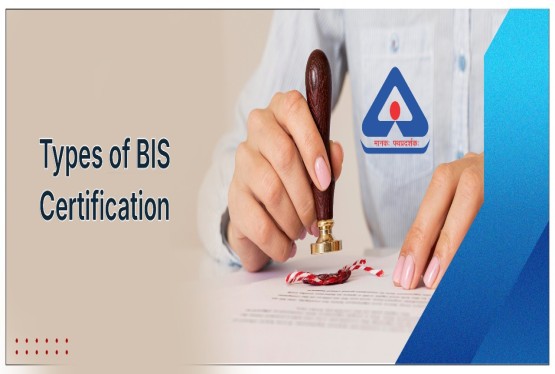
























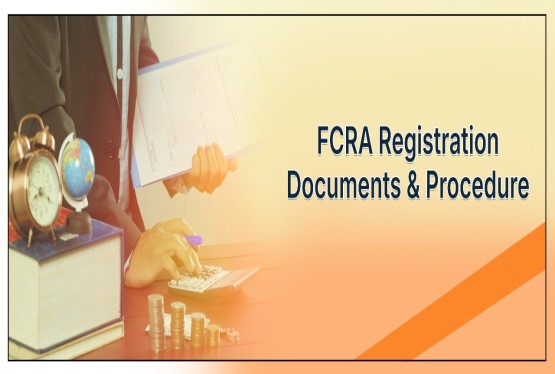


























_crop10_thumb.jpg)








 in BIS FMCS_learn_crop10_thumb.jpg)










_crop10_thumb.jpg)















_crop10_thumb.jpg)





_Code C-888_learn_crop10_thumb.jpeg)
_learn_crop10_thumb.jpg)

































































_Certificate_learn_crop10_thumb.jpg)

_Certificate_(1)_crop10_thumb.jpg)

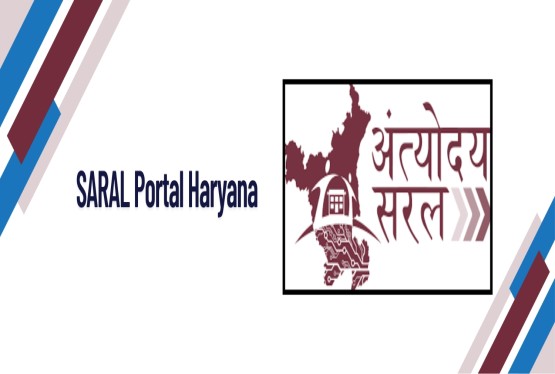




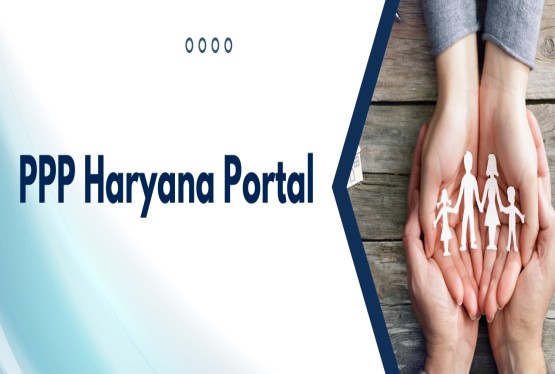








_learn_crop10_thumb.jpg)

_crop10_thumb.jpg)

















_Scheme_learn_crop10_thumb.jpg)


_learn_crop10_thumb.jpg)

